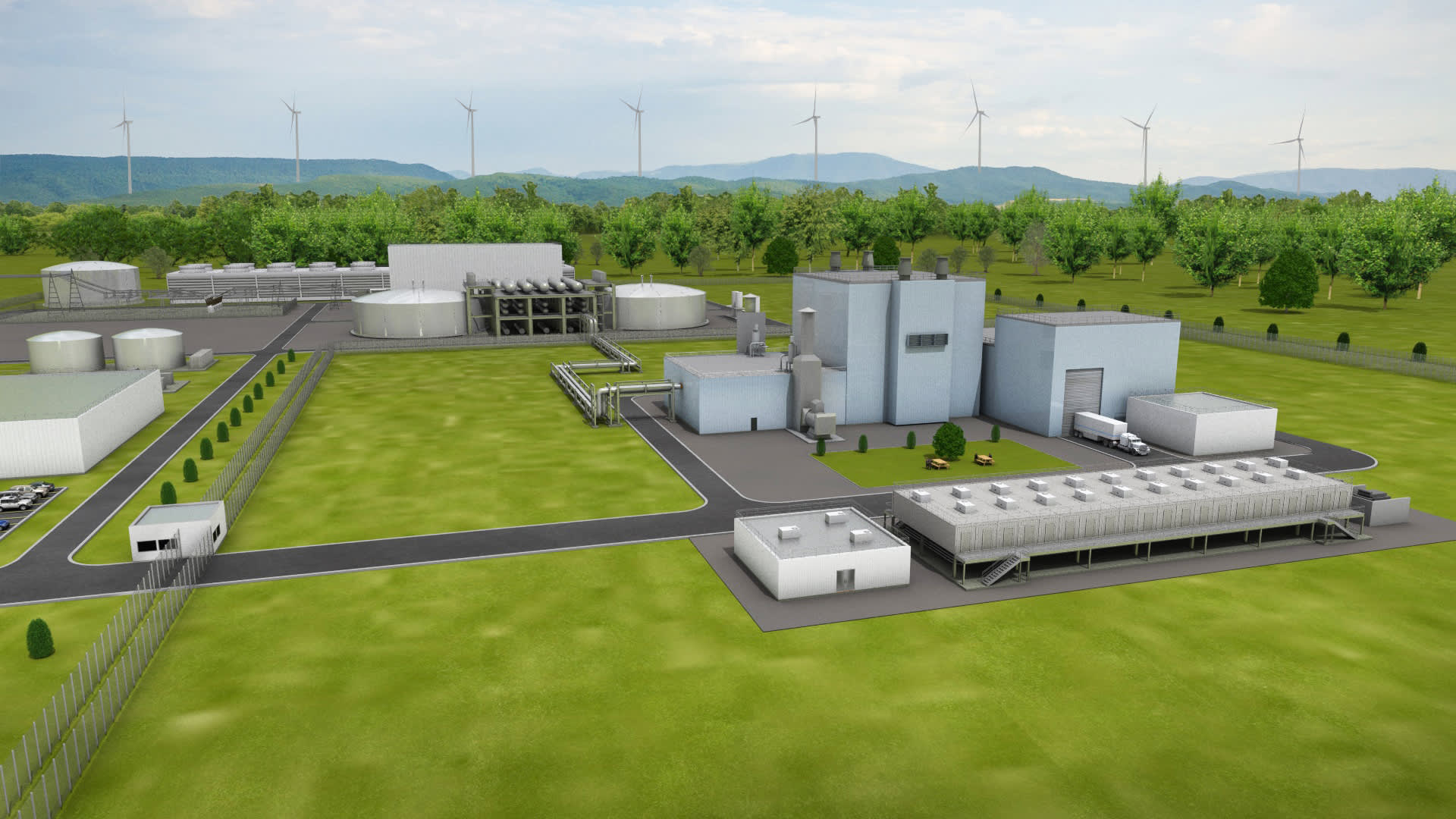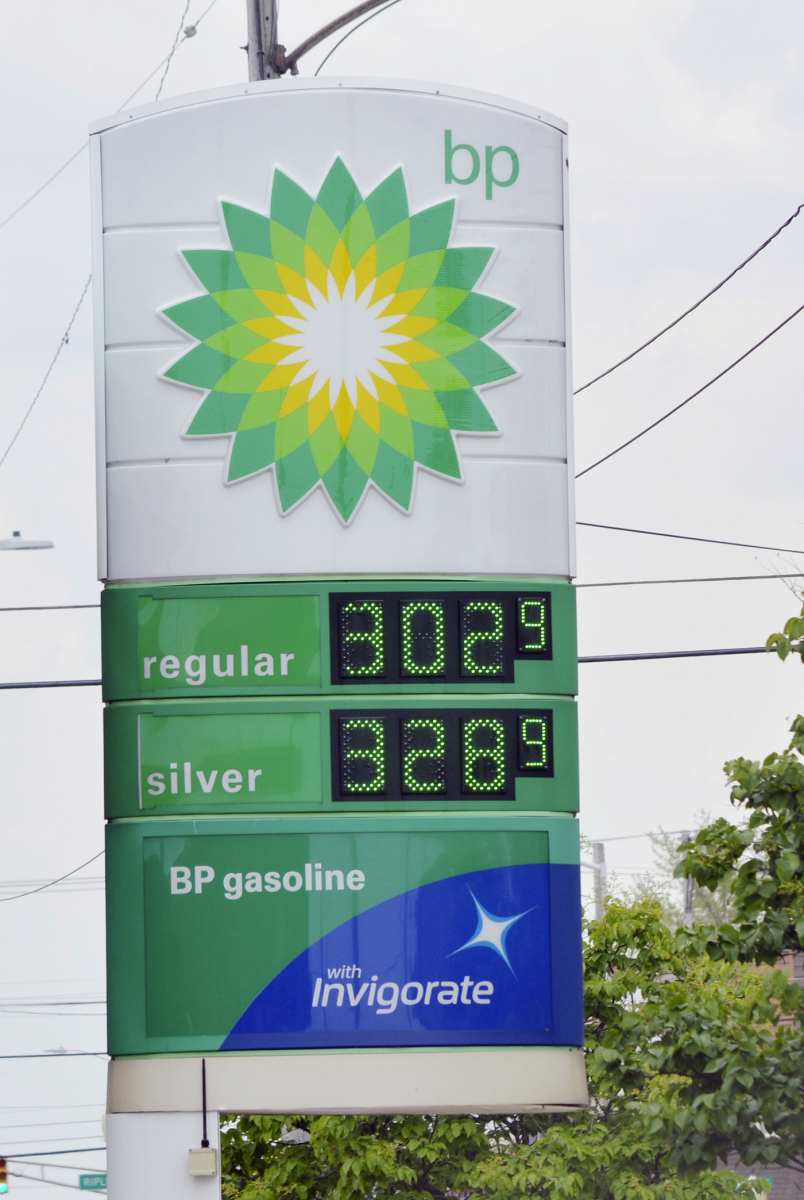I'm curious what the cycle efficiency is on those units.
Power plants come in all different sizes. They all basically work by creating heat and convert about 30-40% of that into electricity. The rest of the energy warms up the environment around the power plant.
All power generation makes waste byproducts of some various kinds and quantities. Carbon dioxide is the big political thing these days. For example, natural gas-powered gas turbines make fairly little of it, coal plants inherently make a little more. There are some promising but elusive—and expensive—technologies to capture a lot of that CO2 on its way out the flue and put it into the ground somehow. Any power plant that burns stuff also has other pollutants in its byproducts, coal and oil have a few particularly nasty byproducts that come out in trace amounts like parts per million or billion. Smokestack scrubbers got invented long ago and they take care of a lot of that stuff but the standards are always getting raised in a race between technology and politics. Gas, oil, coal, they all make nitrogen oxides (get a PhD in gas turbine combustor design and NOx emissions and you'll never be out of a job), as long as there is 78% nitrogen in the atmosphere then it's going to try to combine with oxygen to create smog when you have a hot enough flame. Seering hot flames make for the most efficient power generation.
That's it, that's power generation, abstractly. Fuel turns into heat and pollution. Heat turns into electricity and waste heat.
Back to nuclear, it has a different kind of waste with its own issues. Cycle efficiency is limited by how hot the designers are willing to let the fuel get. Nuclear reactors are basically the rocks get hot and make steam, steam makes the generator go. But how you make the nuclear rocks get hot and hot hot they get, there are a few different methods out there with some fundamental technical differences. It's a bit like comparing gasoline and diesel but that analogy doesn't do it justice. The other thing is the different reactor designs out there have very different fuel requirements. The technical considerations for nuclear fuel usually comes back to politics (can the fuel be dual-use, power generation and weapons production, although in some reactor designs this just isn't possible) and what kind of raw materials come from the part of the world you live in- or who's willing to sell you their raw materials.
For nuclear, hotter is better. Hotter isn't necessarily more dangerous but at the same time it sort of is (historically, statistically, more technical risks to mitigate). Less hot is simpler and safer, sort of, but it's inherently less efficient- you get less electricity out of your fuel.
So that's what I'm really wondering when I say I'm curious how much bang for the buck these micro nuke plants are designed to give. I think it's a great idea, but I'm pro nuke. I'm pro nuke ×2: peaceful power generation and deterrence. I think if we eliminate the obviously bad plant designs that it's fantastic power generation for the baggage that comes with it. I think deterrence is great too- it kept the reds from doing anything stupid for decades, and it kept us from doing anything stupid during that time too. I don't think the mullahs want an apocalypse either, nobody's that crazy.


